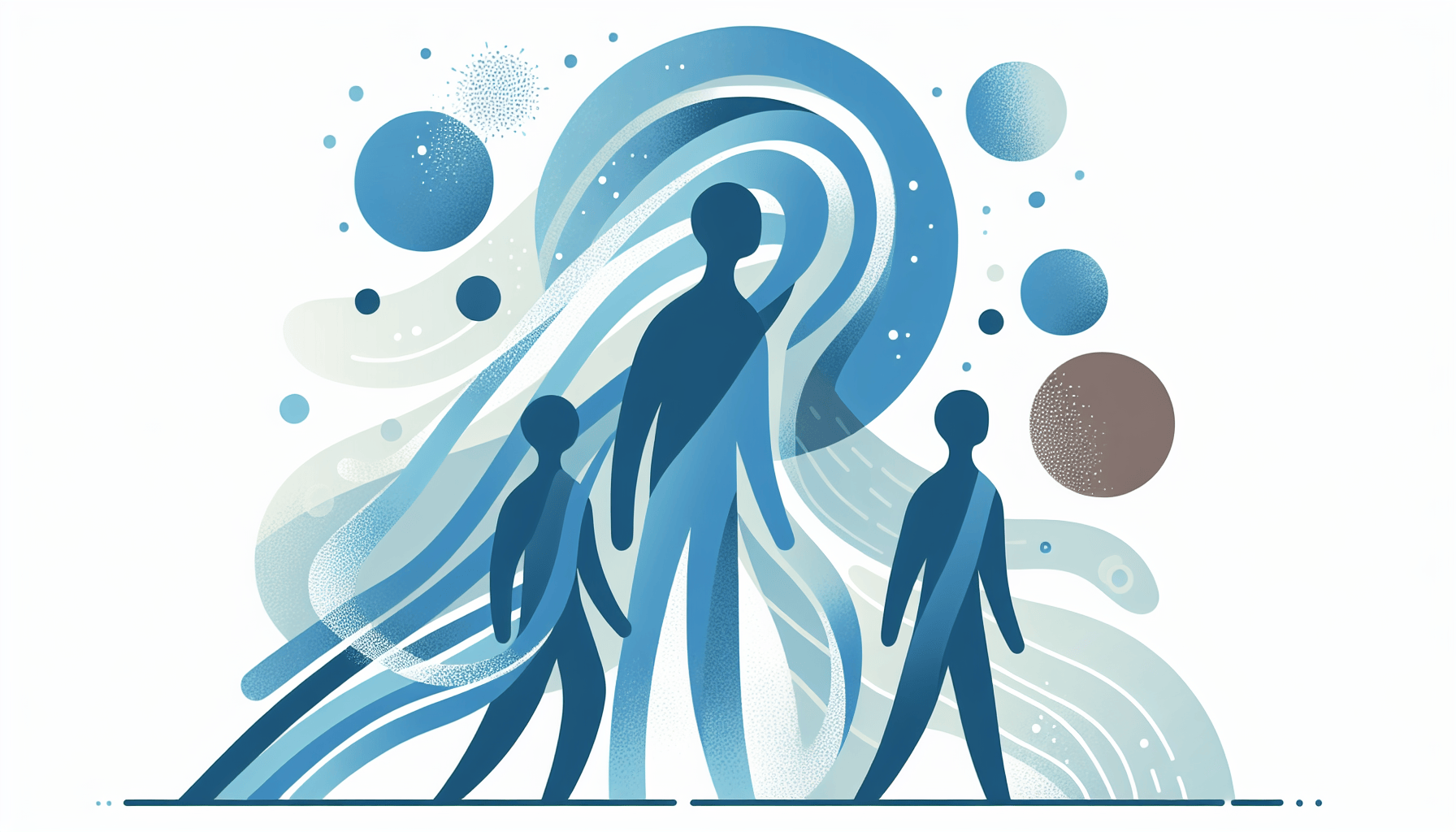Tirzepatide for Sleep Apnea - Can It Help?
Understanding Sleep Apnea and Its ChallengesSleep apnea is a common yet serious sleep disorder characterized by repeated interruptions in breathing during sleep. These pauses [...]
Read More
Medically reviewed by Abhijit Bhattacharyya | MD, PhD, MBA, Tufts University School of Medicine - Miami, Florida on December 25th, 2023.
Chagas disease is a parasitic infection caused by Trypanosoma cruzi (T. cruzi) that affects millions of people, primarily in Latin America. Although not well-known in the United States, the CDC estimates that approximately 300,000 people in the country have the disease, most of whom contracted it in Latin America.
Unlike common illnesses such as colds or flu, Chagas disease is not transmitted from person to person. The primary carriers of the parasite are triatomine bugs, also known as kissing bugs. These insects become infected with T. cruzi after biting an infected animal or person. When the bug feeds on another person, it leaves droppings that can enter the body through the eyes, nose, mouth, or the bite wound itself.
Other less common ways of contracting Chagas disease include:
Blood transfusions or organ transplants from infected donors
Consuming contaminated, uncooked food or undercooked meat from infected animals
Mother-to-child transmission during pregnancy
Chagas disease has two phases: acute and chronic. During the acute phase, symptoms are usually mild and may include:
Fever, fatigue, and flu-like symptoms
Rash
Sore at the site of parasite entry
Vomiting, diarrhea, or loss of appetite
Swollen eyelids (Romaña's sign) if the parasite enters through the eyes
These symptoms typically resolve on their own within a few weeks or months. However, the parasite remains in the body and can stay dormant for years or even decades. If the disease progresses to the chronic phase, it can cause serious heart and intestinal problems, such as an enlarged heart, esophagus, or colon, heart failure, altered heart rhythm, blood clots, and sudden cardiac arrest.

Early detection and treatment are crucial for managing Chagas disease effectively. Blood tests can confirm the presence of the parasite, and additional heart tests may be necessary to assess any cardiac issues. Two drugs, benznidazole (Alunbrig) and nifurtimox (Lampit), are used to treat the infection by killing the parasite. These medications are most effective when taken soon after infection and are available in the United States through the CDC, as they are not FDA-approved.
Treatment typically lasts up to two months and can cause serious side effects, particularly in older individuals. Pregnant women cannot take these medications, but infected newborns can receive treatment.
There is currently no vaccine for Chagas disease. The best way to prevent infection is by avoiding triatomine bugs, which tend to live in homes made from mud, adobe, straw, and palm thatch. When traveling in Latin America, it is advisable to avoid staying in these types of dwellings and to use bed nets while sleeping.
Since 2007, blood banks in the United States have implemented screening for Chagas disease, eliminating the risk of infection through the blood supply in the country.
Understanding Sleep Apnea and Its ChallengesSleep apnea is a common yet serious sleep disorder characterized by repeated interruptions in breathing during sleep. These pauses [...]
Read MoreHeart attacks are often perceived as a predominantly male health issue, but the reality is that heart disease is the leading cause of death for women worldwide. Recognizing [...]
Read MoreTelehealth has transformed the way patients access healthcare, offering convenience, speed, and accessibility that traditional in-person visits often cannot match. With the [...]
Read More